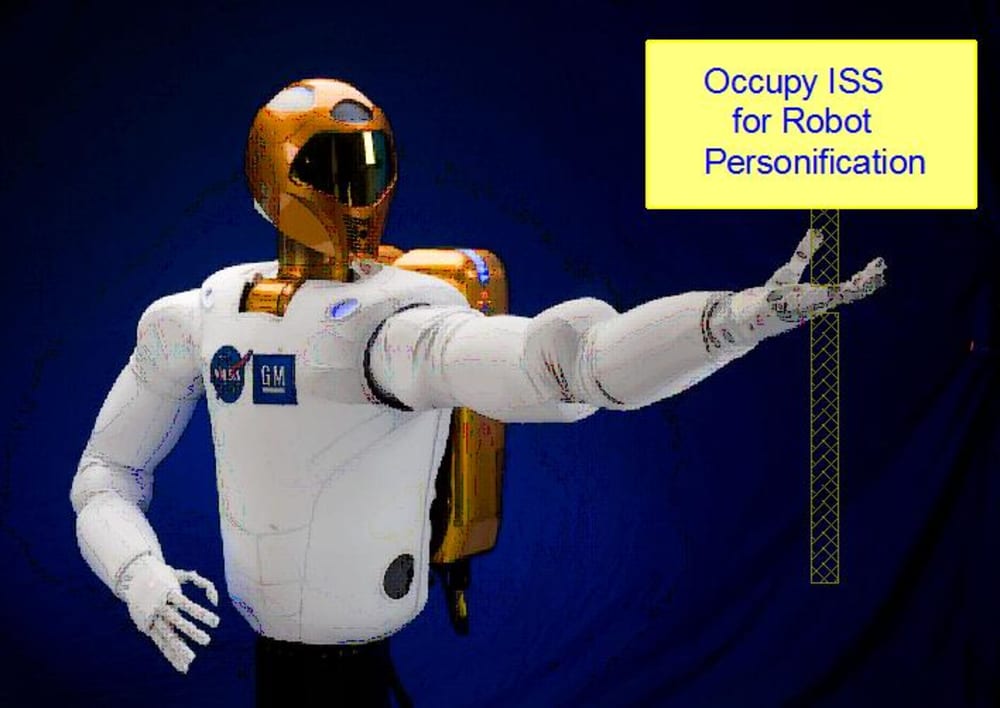Any good machine design must both start at the top with high-level concepts and then immediately restart at the bottom. Good designs will eventually meet themselves in the middle. Today, the very pinnacle of our machine designs, the defining relationship between man and machine, is one of master-slave.
Many human beings have an unreasoning fear that our machines will rebel and do us harm. This fear produced some notable science fiction, including "2001, A Space Odyssey" and "The Terminator" (Figure 2), but the fear is not justified. We are nowhere near developing a robot that could actually take over, but the fear itself is still real.
A number of events in American history, particularly John Brown's raid just before the Civil War, showed that slave rebellions can happen, and that they define the top security fears for slave-holding societies. The best way then to prevent a slave rebellion is not to keep slaves. It is that simple. We must clearly drop the defining master-slave concept we now have of humans over machines, and find a new vision.
One great candidate for this new vision is symbiosis, the supportive relationship between two species that cannot prosper without each other. A good example is the symbiosis of the plant/fungus Green lichen (Figure 3) which is critical to turning bare rock into soil. The exact definition of symbiosis is not frozen but is in no way a master-slave relationship. It is certainly possible to add an element to its definition to cover homo sapiens and their machines.
Humans are already in many symbiotic relationships, particularly with our food crops and domesticated animals. About 80% of the plants we depend on for food (most of the cereals, garden products, fruits and vegetables), in turn depend on fungi in the soil, such as Arbuscular mycorrhizal, to break down organic material before their roots can take up the nutrients. In return, the plants provide energy molecules to the fungus.
Humans also occasionally include other species in our complex societies so that the entire society is symbiotic with that species. Two clear examples are the horse, Equus caballus, and the dog, Canis lupis familiaris.
Symbiotic relationships place very specific requirements on all involved. For one thing, symbiotes love each other devotedly. We certainly love our machines, like the car and the computer, but work has just started on getting our machines to love us. This then is our real challenge.
One easy way to jettison our old way of thinking, through perhaps a cheat, would be to incorporate a robot, thus giving it the limited level of personhood that corporations now enjoy. Perhaps we could start with the Robonaut, who is currently occupying the International Space Station (ISS), for robot personification (Figure 1).
A rethinking of any top-level design concept like the man-machine relationship will have cascading effects on all future machine designs. When you change the whole rationale of your design, you cannot know precisely where that change will lead.
Like this entry?
-
About the Entrant
- Name:Tom Riley
- Type of entry:individual
- Software used for this entry:You mind
- Patent status:none








